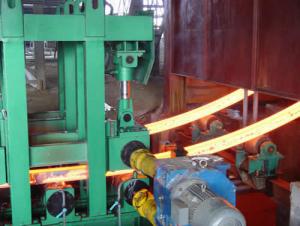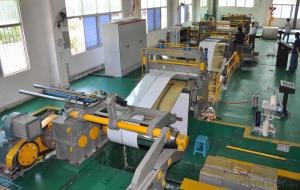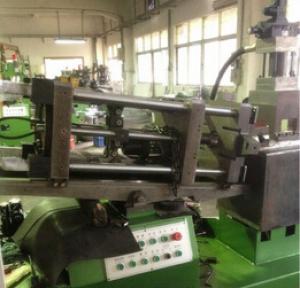Specifications
1.Horizontal Press die casting machine
2.Mitsubish PLC & touch screen
3.Yuken hydraulic
4.brass alloy casting
Technology process:
1.Heat the EVA film
2.Cover the heated EVA film on the mould(can be made from wood or aluminum)
3.Spray a coating in a certain baume degree
4.Put on the empty blask
5.Sand-up the flask and vibrate to compaction
Packaging & Delivery
Packaging Details:the dimensions of machine: 3.8*1.75*2.3 nude packing of machine & wooden case of spares parts
Delivery Detail:in 10 days
























